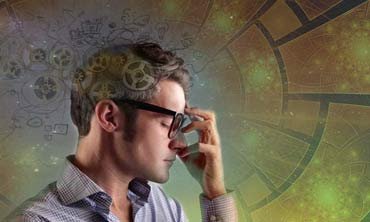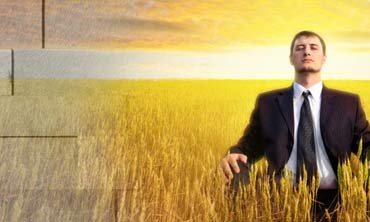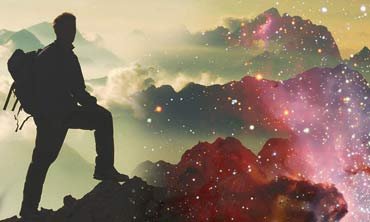AZTLAN CULTURAL CENTER
of Psychology, Philosophy, and Humanities.
Dir.: León Azulay
Civil Association I.G.J. No. 748

What is the Fourth Way?
The Fourth Way is the path of the balanced man and woman. It was introduced at the beginning of the last century by an enigmatic and charismatic figure named George Ivanovitch Gurdjieff. Gurdjieff was born in Armenia in 1866 and passed away in Paris in 1949. His 83 years of life were marked by adventure and the passion to deliver knowledge that liberates man from the slavery in which he finds himself.
Not a physical slavery, but a psychological one. A slave to ignorance, fears, prejudices, doubts, or negative emotions.
Facing this psychological disintegration, Gurdjieff proposes the integration of different paths of development through comprehensive and simultaneous work on all our Centers or Functions. The Fourth Way suggests working simultaneously on the Motor Center (body and physical health), Emotional Center (feelings, emotions, and mysticism), and Intellectual Center (development of thought and knowledge). The result: practical and theoretical knowledge about men and women in the 21st century, addressing many of our conflicts and fulfilling the inner development needs of contemporary individuals.
What is the Fourth Way?
Traditionally in the East, human evolution has always been conceived as an evolution of psychological being. Historically, there were 3 paths of evolution in the East: The first was called the path of the Fakir. This is the path of the individual who learns to understand his body and master sensations. The second path is the path of the Monk, where the individual perfects devotion and feelings towards the higher. The third path is that of the Yogi, where the person works on intellectual study and training of thought.
What do we find similar to this in the West?
In the West, for a long time, since the Greeks, paths of psychological evolution have ceased to exist. However, we can find analogies between these three paths and three fundamental aspects of the psychic constitution of the individual in the West. The first path, the one of the physical body, is expressed in the individual whose motor function is predominant. Examples of these are found in those who primarily engage in tasks where the body is heavily involved. Athletes, workers, and those involved in more physical tasks usually exhaust the energy available for other matters. The path of the monk, the second path, can be found in people more of an emotional type, where feeling and emotion are the most determinant in their lives; their decisions are mostly circumscribed to what pleases or displeases them. Emotions play deadly tricks on these individuals; they can see saints as demons or vice versa due to the extraordinary power that emotions have in their lives. The third path, that of the Yogi, is mainly embodied in the West by all those university graduates, professionals, and people for whom books and intellectual speculations are their main tools for interpreting the world.
Gurdjieff precisely explained that the three Eastern paths were intended for three well-defined types of individuals with highlighted and clearly differentiable traits. He also added that most of the world's population lived unilaterally in one of these types, at the expense of or with little awareness of the other two types. It is common to see this in the little mutual understanding found between the three types. The motor individual does not understand the intellectual, who in turn does not understand how the emotional does not evaluate their decisions rationally. However, the totality of the human being is the union of motility, emotionality, and intellectuality. If one of these functions is tyrannical over the others, we have what predominates everywhere today, the fragmentation of consciousness into multiple personalities that Gurdjieff called Yoes or autonomous subpersonalities. Because we cannot ignore a part of our totality without it coming to life and claiming its right to a worthy and better existence. So, for example, if we are excessively rational, emotions demand attention with ridiculous whims, and the body, motility, demands attention with stress and nervousness.
This is the need for a Fourth Way. In this path, the path of the balanced man, thought, emotion, and motility-body are equally important and vital. Only by developing all three aspects simultaneously will the individual find inner balance. The Hindu name for this path was Raja Yoga, or king of yogas. Here in the West, Gurdjieff gave it the name Fourth Way.
Gurdjieff's Fourth Way provides techniques, knowledge, and practices that allow men and women of the 21st century to access a new state of inner balance.
















